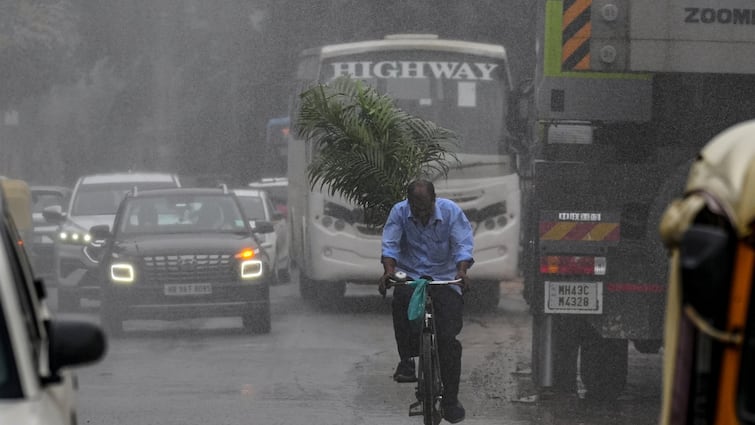Environmental experts have raised strong objections to the Delhi government’s recent cloud seeding experiments, describing the initiative as an expensive, short-term, and unsustainable method to combat the capital’s worsening air pollution. The trials, held on Tuesday in collaboration with IIT-Kanpur, were intended to trigger artificial rainfall to settle airborne pollutants—but specialists argue that any benefits would fade within a day or two.
The project is governed by a Memorandum of Understanding (MoU) that earmarks over Rs 3.2 crore for five trials, averaging Rs 64 lakh per operation. Of these, three have already been conducted in North Delhi, yet none have produced measurable rainfall. Delhi’s Air Quality Index (AQI) remains stubbornly in the ‘poor’ to ‘very poor’ category despite the interventions.
A researcher from IIT-Kanpur, identified as Agarwal, told NDTV that additional flights were planned for Wednesday, depending on cloud availability. The chemical mix used in the flares reportedly includes 20% silver iodide, with the remainder consisting of rock and common salt.
Experts Slam Delhi’s Cloud Seeding Drive
Fourteen flares were fired on Tuesday, and two more aircraft sorties were scheduled for the following day if conditions allowed.
However, meteorologists remain unconvinced. Shahzad Gani, assistant professor at IIT Delhi’s Centre for Atmospheric Sciences, highlighted that Delhi’s dry winter climate rarely supports cloud formation.
Environmental policy expert Sunil Dahiya, who leads the think tank EnviroCatalysts, argued that sustainable air quality improvement can only come from addressing emissions at their source—particularly from vehicles, industries, and construction sites, as per a report on Times of India.
In response to the criticism, the Delhi government released preliminary data claiming that particulate matter levels dipped slightly in the test zones. Officials reported trace rainfall—0.1 mm in Noida and 0.2 mm in Greater Noida around 4 PM on Tuesday—asserting that even minimal precipitation contributed to localised air quality improvement.
ALSO READ: Cyclone Montha Weakens After Landfall In Andhra Pradesh, Says IMD; Heavy Rain Batters Coastal Districts



